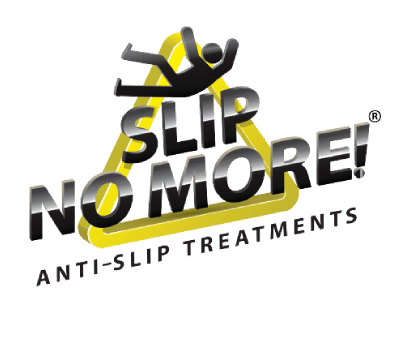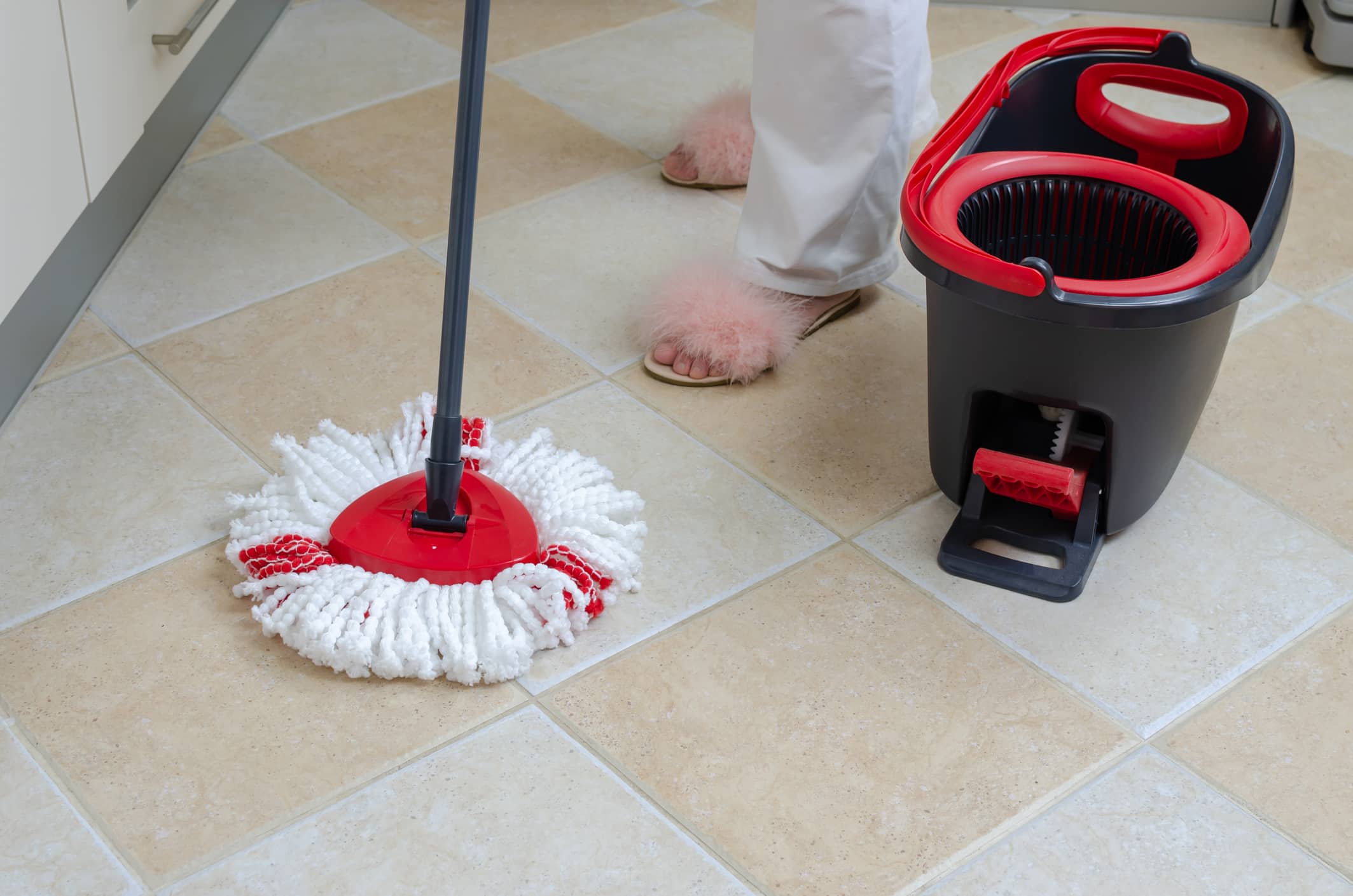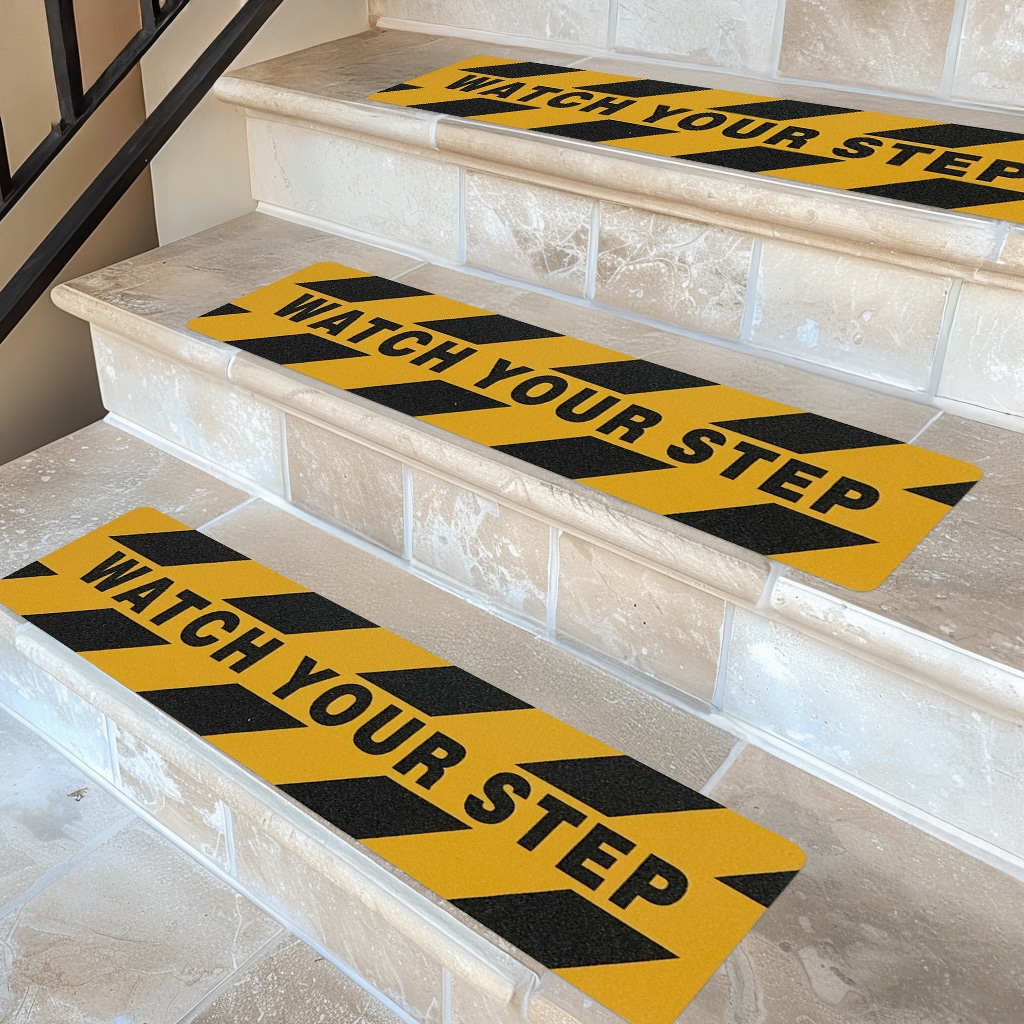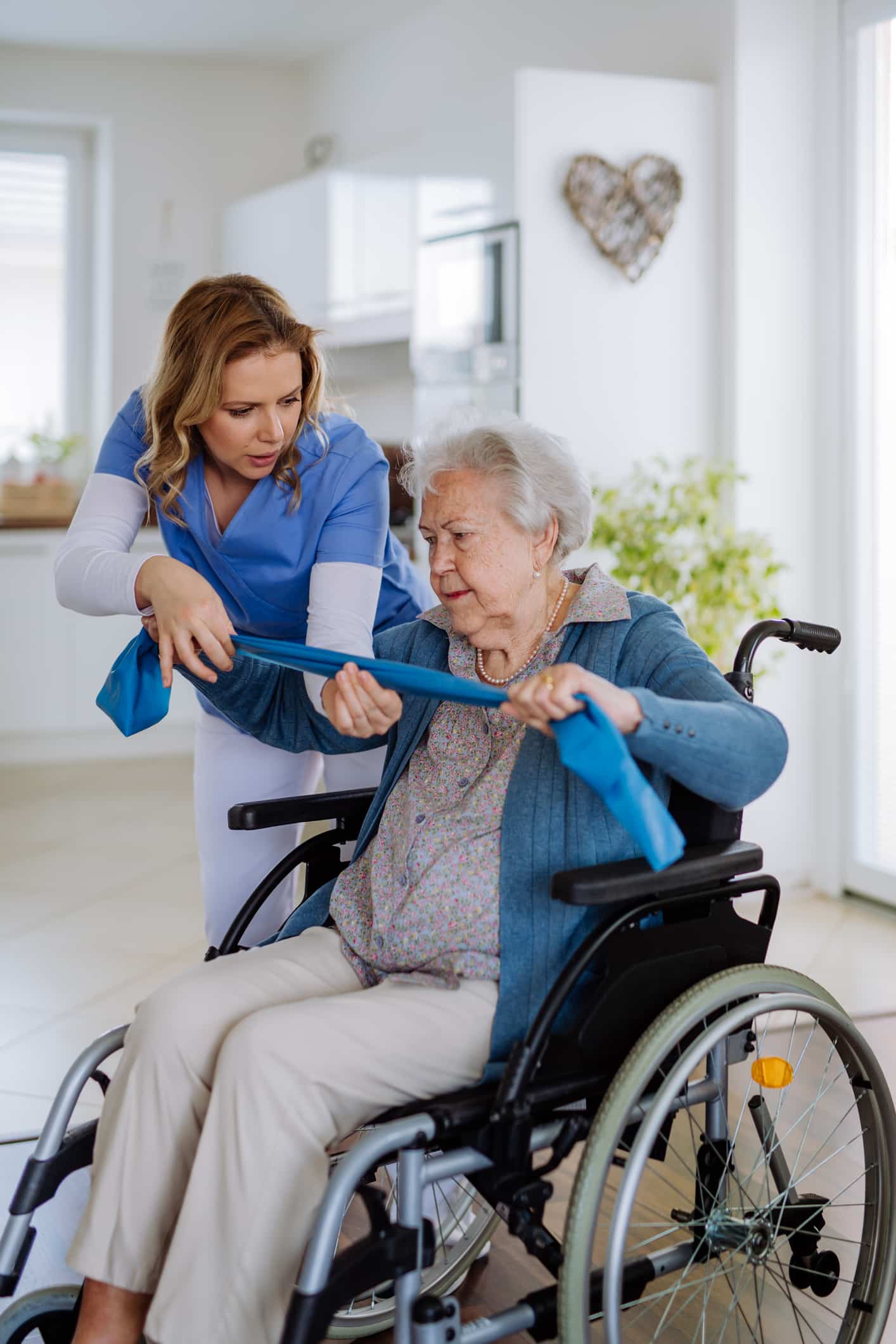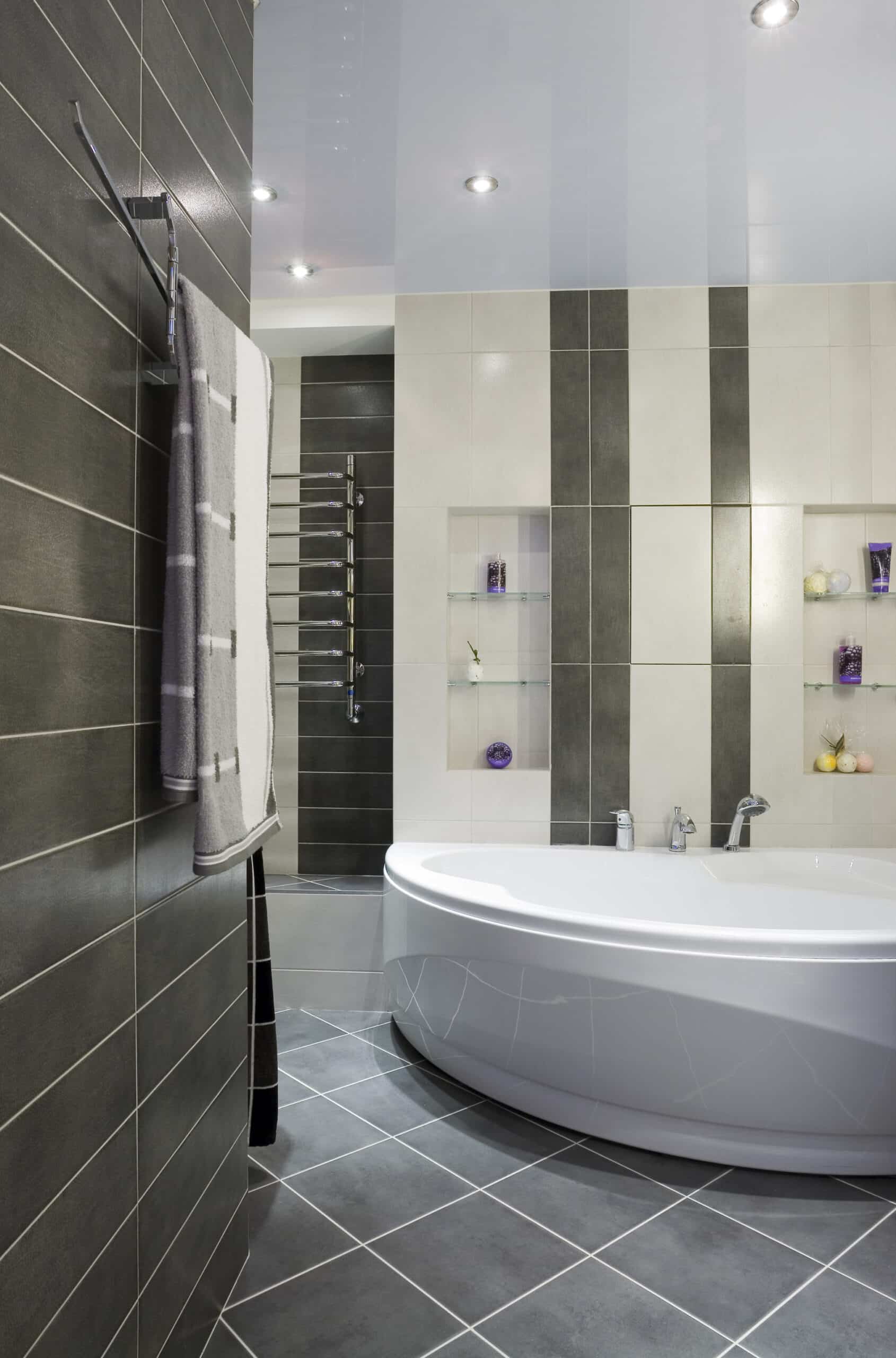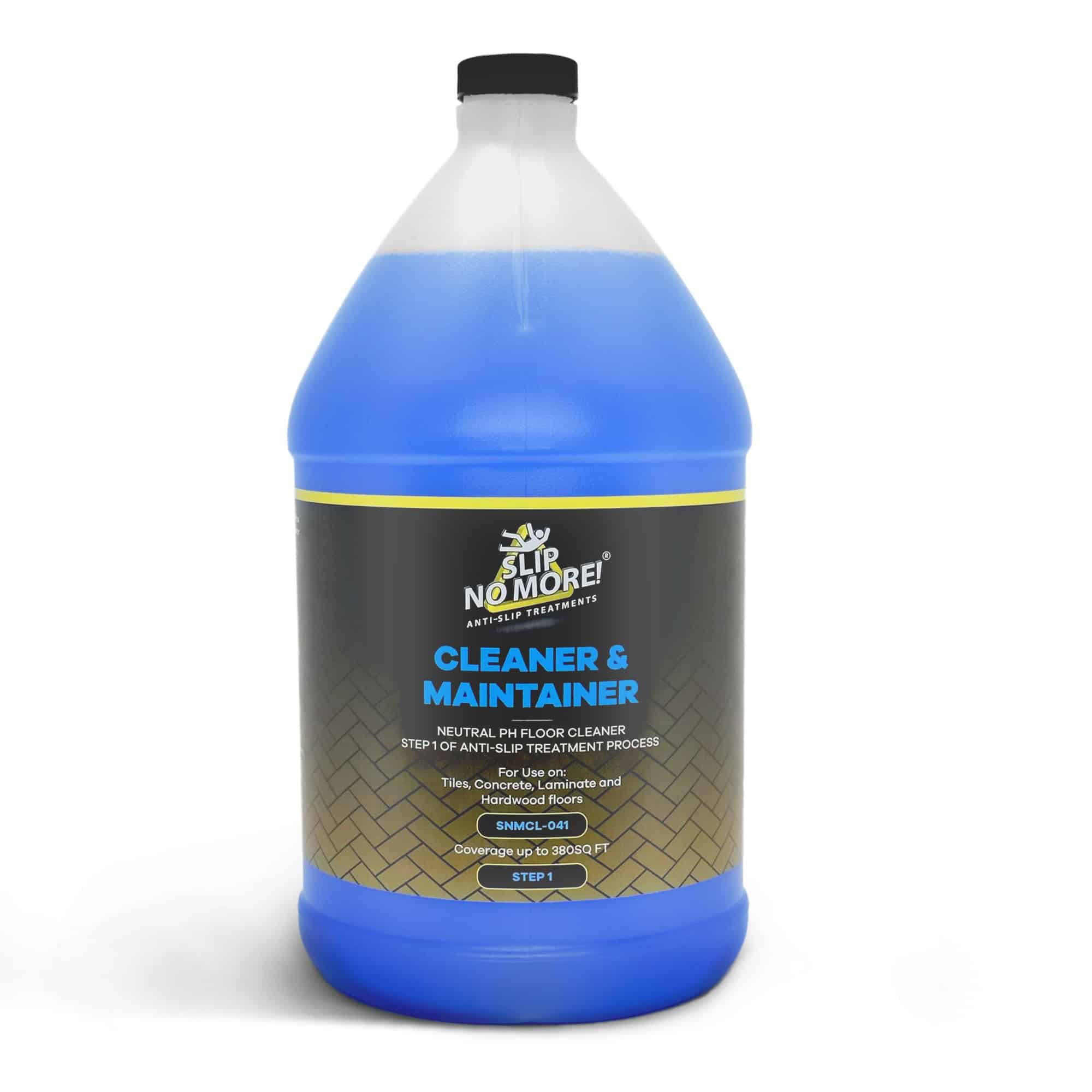Slippery floors can be a significant hazard in any environment, posing the risk of accidents and injuries. Whether in a commercial space, industrial setting, or even your home, it’s essential to take proactive measures to prevent accidents. This comprehensive guide will walk you through how to clean a slippery floor to ensure a safe and accident-free environment.
Our brand is dedicated to promoting safety, and this guide is specifically tailored to address the unique challenges of how to clean a slippery floor. From identifying the causes of slipperiness to selecting the right cleaning products and techniques, we’ve got you covered. We’ll also provide expert insights on regular maintenance practices to help minimize the risk of accidents.
This guide’s tips and recommendations can create a safer space for yourself, your employees, or your family. Don’t let a slippery floor be a cause for concern any longer. Let’s dive in and discover the best practices for how to clean a slippery floor.
Understanding the dangers of slippery floors
Slippery floors can be a significant hazard in any environment, posing the risk of accidents and injuries. Whether in a commercial space, industrial setting, or even your home, it’s essential to take proactive measures to prevent accidents. This comprehensive guide will walk you through how to clean a slippery floor to ensure a safe and accident-free environment.
Our brand is dedicated to promoting safety, and this guide is specifically tailored to address the unique challenges of how to clean a slippery floor. From identifying the causes of slipperiness to selecting the right cleaning products and techniques, we’ve got you covered. We’ll also provide expert insights on regular maintenance practices to help minimize the risk of accidents.
This guide’s tips and recommendations can create a safer space for yourself, your employees, or your family. Don’t let a slippery floor be a cause for concern any longer. Let’s dive in and discover the best practices for how to clean a slippery floor.
Common causes of slippery floors
Slippery floors pose a significant risk to the safety of individuals in any environment. The consequences of slip and fall accidents can range from minor injuries to severe trauma. Falls can result in broken bones, head injuries, and even long-term disabilities. Understanding the potential dangers of slippery floors is vital to taking appropriate preventive measures.
Slippery floors can occur due to various factors such as spills, wet surfaces, improper cleaning, or worn-out floor coverings. The lack of proper traction on the floor can lead to loss of balance and stability, making it easier for accidents to happen. Identifying and addressing the causes of slipperiness effectively is crucial to maintaining a safe environment for everyone.
Proper cleaning and maintenance are crucial in preventing accidents caused by slippery floors. Regularly cleaning the floors removes dirt and debris and eliminates any substances that can make the surface slippery. Additionally, maintaining the floors regularly helps identify and fix any underlying issues contributing to slipperiness.
The importance of how to clean a slippery floor
Understanding the common causes of slippery floors is essential to address the issue effectively. Some of the most prevalent causes include:
1. Spills and wet surfaces: Accidental or wet surfaces can slippery the floor. Whether it’s water, oil, or any other liquid, cleaning up spills promptly and ensuring the surface is dry to prevent accidents is essential.
2. Inadequate cleaning: Improper cleaning techniques or incorrect cleaning products can leave a residue on the floor, making it slippery. It’s crucial to use appropriate cleaning methods and products specifically designed for the type of flooring to maintain a safe environment.
3. Worn-out floor coverings: Over time, floor coverings such as carpets or mats can become worn out and lose traction. It’s essential to regularly inspect and replace worn-out coverings to ensure a safe walking surface.
Identifying the causes of slipperiness in your specific environment is the first step toward preventing accidents. Understanding the common causes allows you to implement the necessary measures to maintain a safe and slip-free floor.
Choosing the right cleaning products for slippery floors
Regular cleaning and maintenance are vital in preventing accidents caused by slippery floors. A comprehensive cleaning and maintenance routine can significantly reduce the risk of slip and fall accidents.
Knowing how to clean a slippery floor regularly ensures that any spills, dirt, or debris are promptly removed, minimizing the chances of slipperiness. It’s essential to establish a cleaning schedule based on the specific needs of your environment. High-traffic areas may require more frequent cleaning than low-traffic areas.
In addition to knowing how to clean a slippery floor, performing routine maintenance is crucial to address any underlying issues contributing to slipperiness. This includes inspecting the flooring for any signs of damage, such as cracks or loose tiles, and repairing them promptly. By addressing maintenance issues proactively, you can prevent accidents before they happen.
Effective cleaning techniques for different types of flooring
Selecting the right cleaning products is essential in maintaining safe and slip-free floors. Not all cleaning products are suitable for all types of flooring, and using the wrong products can make the floor slippery.
For hard surfaces such as tile, laminate, or vinyl, choosing cleaning products specifically designed for these types of flooring is essential. Avoid using products with a residue or high wax content, as they can slippery the floor. Instead, opt for non-slip cleaning solutions that effectively remove dirt and grime without compromising the floor’s traction.
Using carpet cleaners formulated explicitly for stain removal is crucial without leaving the carpet too wet for carpets and rugs. Excess moisture can seep into the padding, create a breeding ground for mold and mildew, and make the rug more slippery. Using a carpet cleaner with a quick-drying formula is recommended to minimize the risk of slipperiness.
Preventive measures to reduce the risk of slip and fall accidents
Cleaning techniques vary depending on the type of flooring you have. Here are some effective cleaning techniques for how to clean a slippery floor:
1. Tile and grout: Clean or vacuum the floor to remove loose dirt and debris. Then, clean the surface with a mop or microfiber cloth with a non-slip cleaning solution. Pay extra attention to the grout lines, as they can accumulate dirt and become slippery if not cleaned properly.
2. Hardwood: Avoid using excessive amounts of water or cleaning solutions when cleaning hardwood floors, as they can damage the wood and make it more slippery. Instead, use a damp mop or microfiber cloth with a hardwood floor cleaner to remove dirt and maintain the natural traction of the wood.
3. Laminate and vinyl: Like hardwood floors, laminate and vinyl floors should not be excessively wet when cleaning. Use a damp mop or microfiber cloth with a non-slip cleaning solution specifically designed for these types of flooring.
4. Carpets and rugs: Regular vacuuming removes dirt and debris from carpets and rugs. In case of spills or stains, blot the area immediately with a clean cloth or paper towel. Avoid using excessive water when cleaning carpets, as it can make them more slippery. Instead, use a carpet cleaner formulated for stain removal and quick drying.
By using the appropriate cleaning techniques for your specific flooring, you can effectively know how to clean a slippery floor and reduce the risk of accidents.
Proper signage and warnings for slippery areas
In addition to regular cleaning and maintenance, there are several preventive measures you can take to reduce further the risk of slip and fall accidents on slippery floors:
1. Install non-slip mats or rugs in high-risk areas such as entryways, bathrooms, or kitchens. These mats provide an extra traction layer and help absorb moisture, preventing slipperiness.
2. Use caution signs or floor markings to alert individuals of potentially slippery areas. This can help create awareness and prompt people to exercise caution when walking on the floor.
3. Implement proper footwear policies in environments where slipperiness is a concern. Encourage non-slip shoes or provide slip-resistant shoe covers to minimize the risk of accidents.
4. Inspect and repair any uneven or damaged flooring to prevent tripping hazards. Cracks, loose tiles, or uneven surfaces can increase the chances of accidents.
5. Educate employees, family members, or anyone in the environment about maintaining a safe walking surface. Please encourage them to report any spills or hazards immediately to ensure a prompt response.
By implementing these preventive measures, you can create a safer environment with reduced risks of slip and fall accidents.
Professional floor maintenance services
Proper signage and warnings are crucial in alerting individuals to potentially slippery areas. Clear and visible signs can help prevent accidents by drawing attention to the need for caution. Here are some tips for effective signage and warnings:
1. Use standardized symbols or pictograms that are universally recognized to convey the message. This ensures that individuals from different backgrounds can understand the warning signs.
2. Place signs at eye level, making them easily visible to anyone walking. Ensure that the signs are not obstructed by furniture or other objects.
3. Use contrasting colors for the signs to make them stand out. Bright colors such as yellow or red are commonly used to draw attention.
4. Regularly check the condition of the signs and replace them if they become faded or damaged. Clear and well-maintained signs are more likely to catch people’s attention.
By following these guidelines, you can effectively communicate the risk of slipperiness and prompt individuals to exercise caution in the designated areas.
Slip-resistant flooring options
While regular cleaning and maintenance can go a long way in preventing accidents, there may be instances where professional floor maintenance services are required. These services provide specialized expertise and equipment to ensure your floors are properly cleaned and maintained.
Professional floor maintenance services often include deep cleaning, polishing, and refinishing, depending on the type of flooring. They have access to commercial-grade cleaning products and equipment that can effectively remove stubborn stains and restore the floor’s traction.
If you have large or complex flooring areas or if your floors require specialized care, it’s recommended to consult with professional floor maintenance services. They can assess your needs and provide tailored solutions to maintain safe, slip-free floors.
Conclusion: How to clean a slippery floor for a safer environment
Sometimes, knowing how to clean a slippery floor may be the best solution to prevent accidents caused by slippery floors. Slip-resistant flooring enhances traction and reduces the risk of slip and fall accidents. Here are some popular options:
1. Rubber flooring: Rubber flooring is known for its slip-resistant properties, making it an excellent choice for areas prone to moisture or spills. It provides excellent traction and is easy to clean, making it suitable for high-traffic environments.
2. Vinyl flooring with slip-resistant coating: Vinyl flooring with a slip-resistant coating offers an affordable and durable solution for slip-prone areas. The coating enhances the floor’s traction, reducing the risk of accidents.
3. Epoxy flooring: Epoxy flooring is a popular choice for industrial or commercial environments. It provides a seamless and slip-resistant surface that is resistant to chemicals, making it ideal for areas with high foot traffic and potential spills.
When considering how to clean a slippery floor, it’s essential to assess the specific needs of your environment and consult with flooring professionals to determine the most suitable choice.
About Slip No More
With more than 15 years of experience in the slip-prevention industry, our products are developed to solve the problem of slippery floors in all areas. We also have tons of knowledge and will educate you on how to clean a slippery floor.
Why not follow our Facebook, Instagram, Twitter, or YouTube accounts for funny videos, informative posts, and general floor safety information? We also have loads of great reviews from our customers on Trustpilot. If you found this article helpful, take a look at our related articles:
